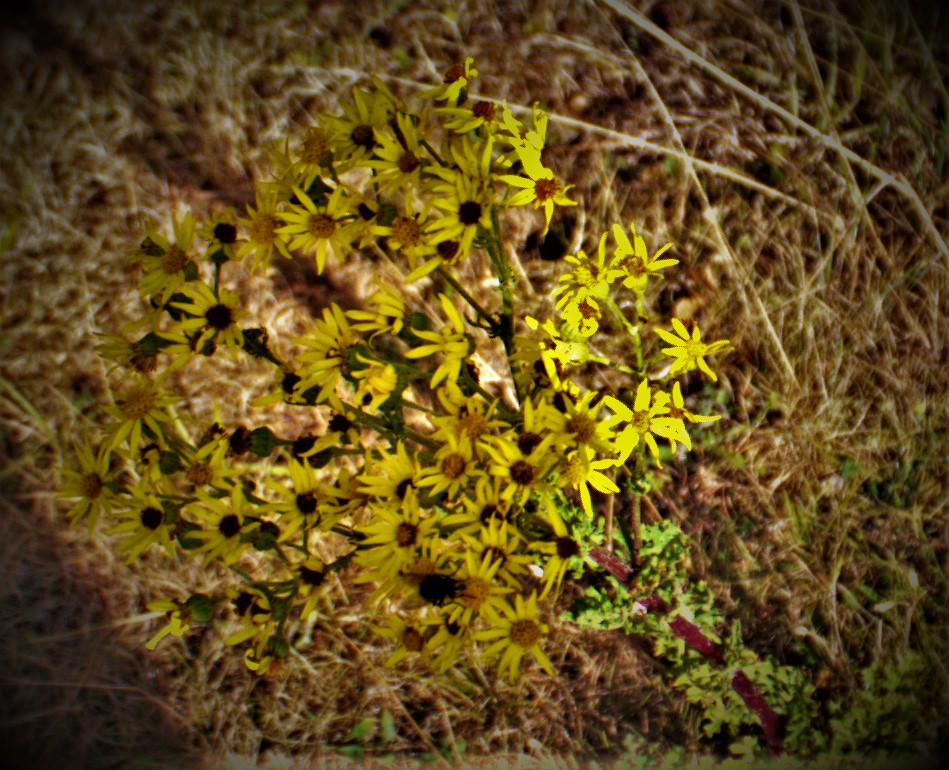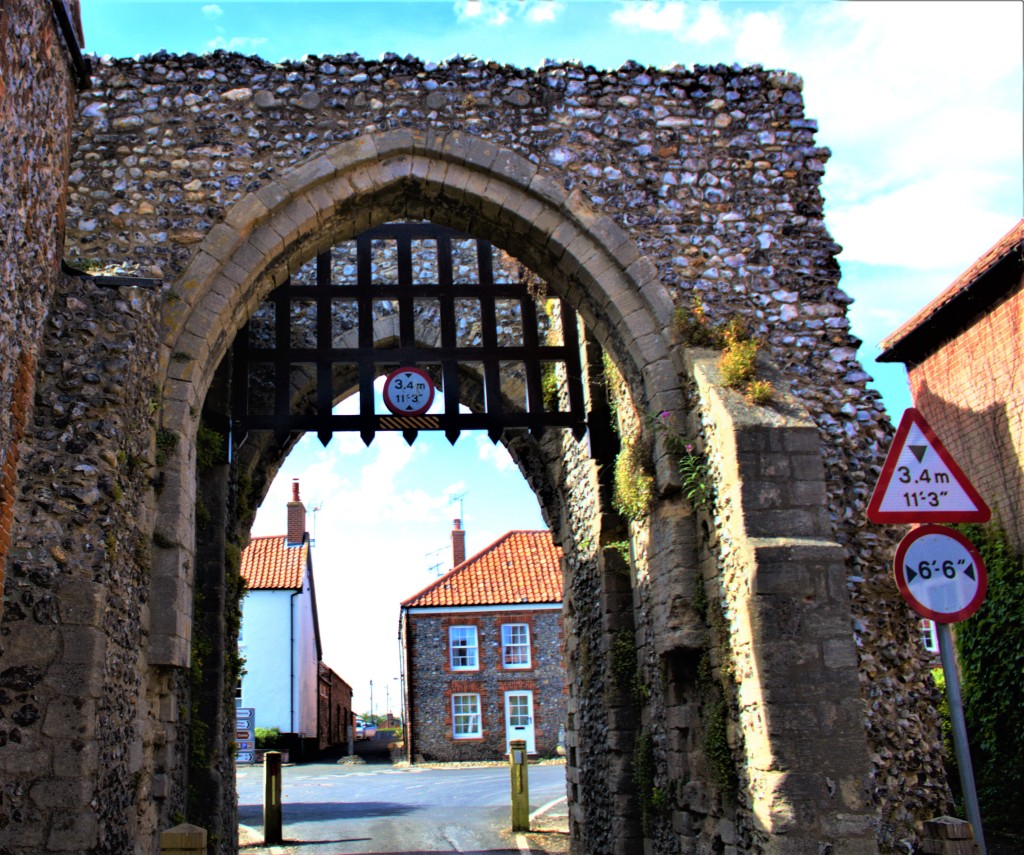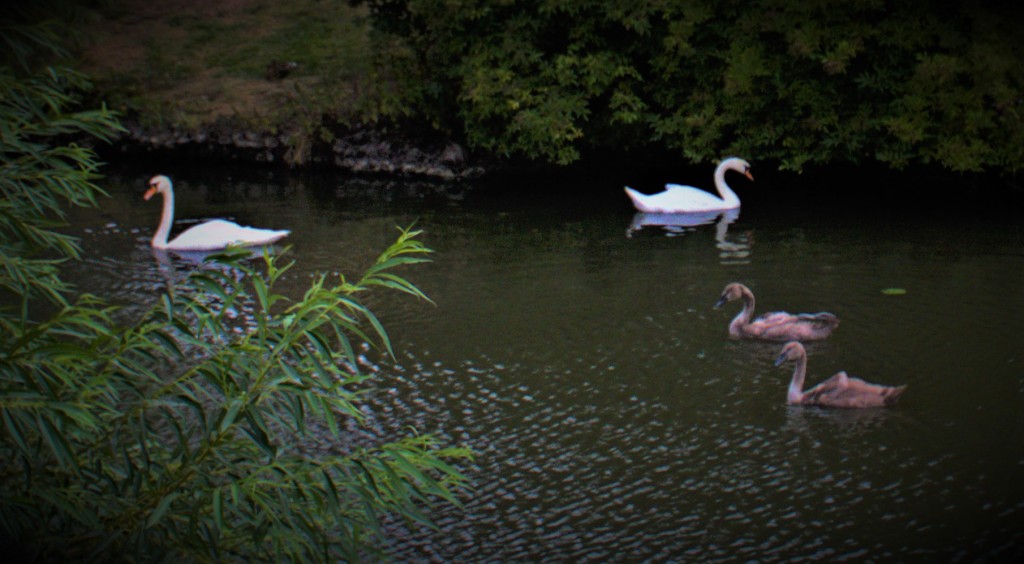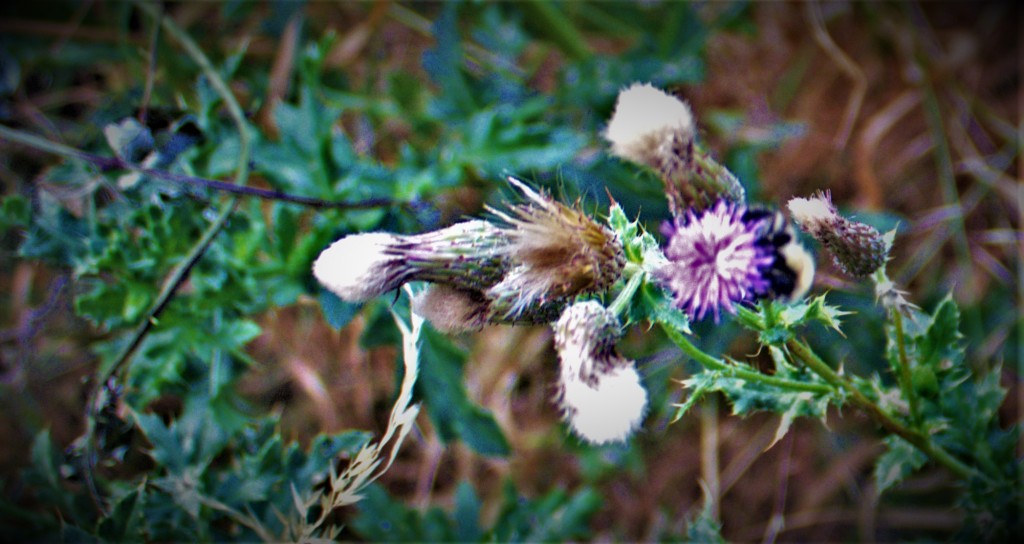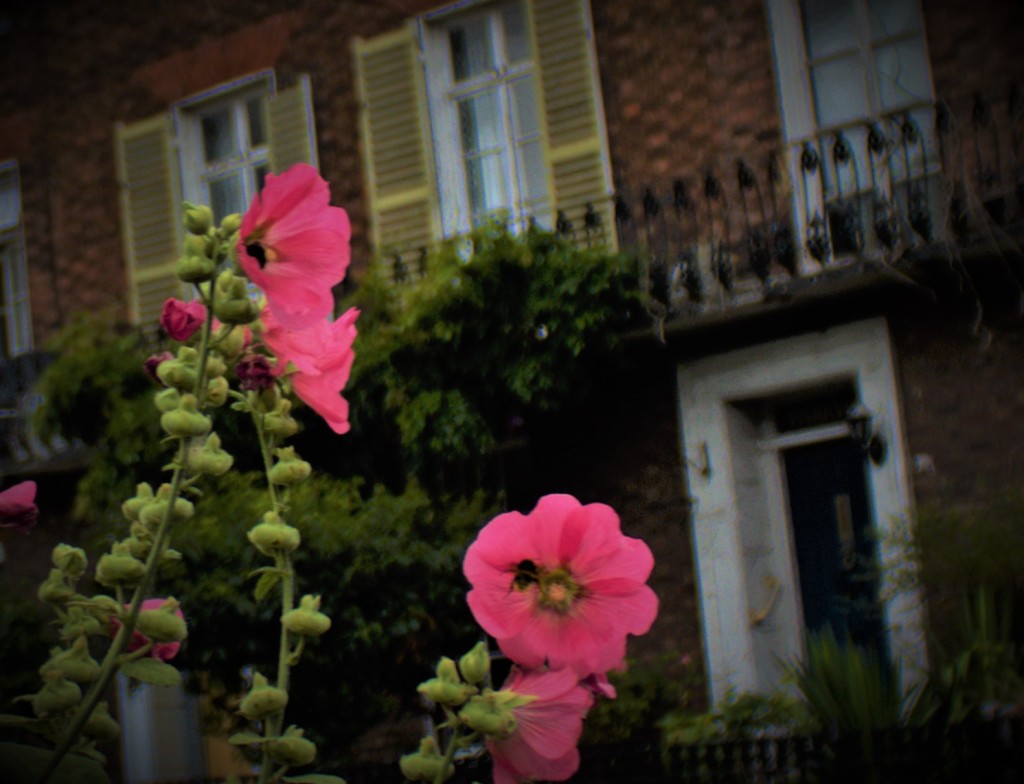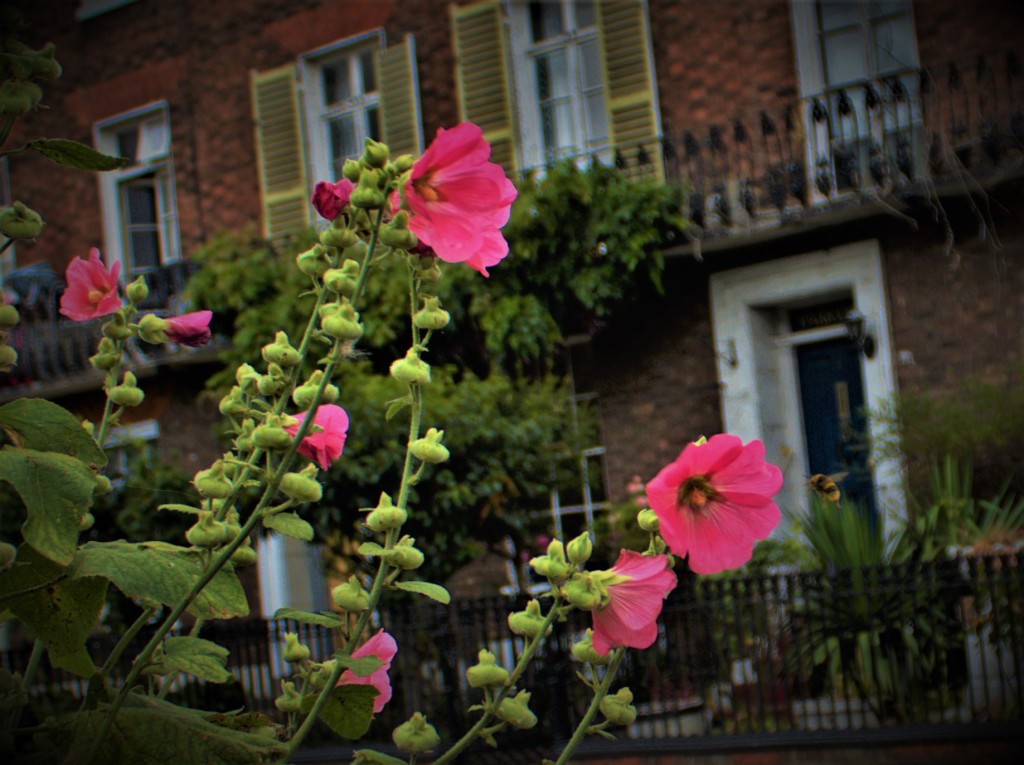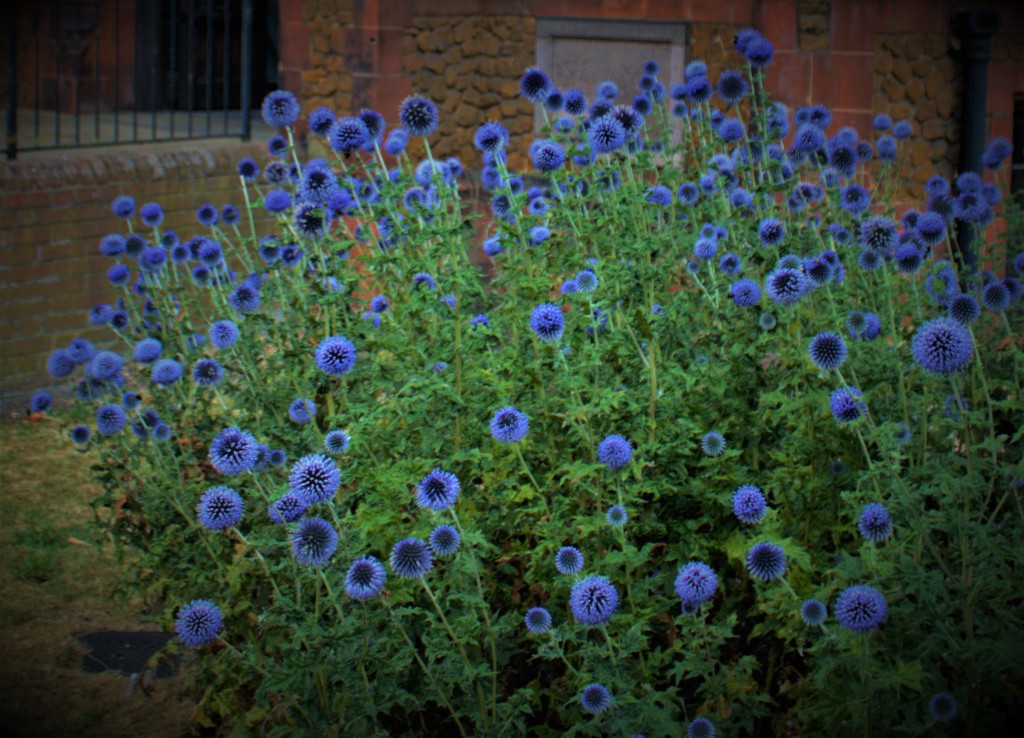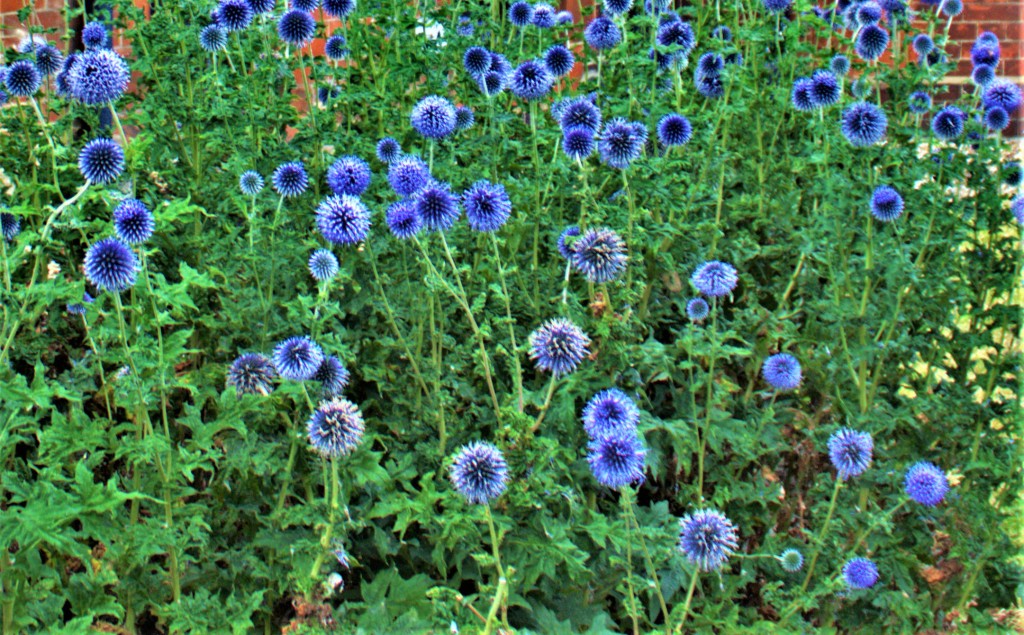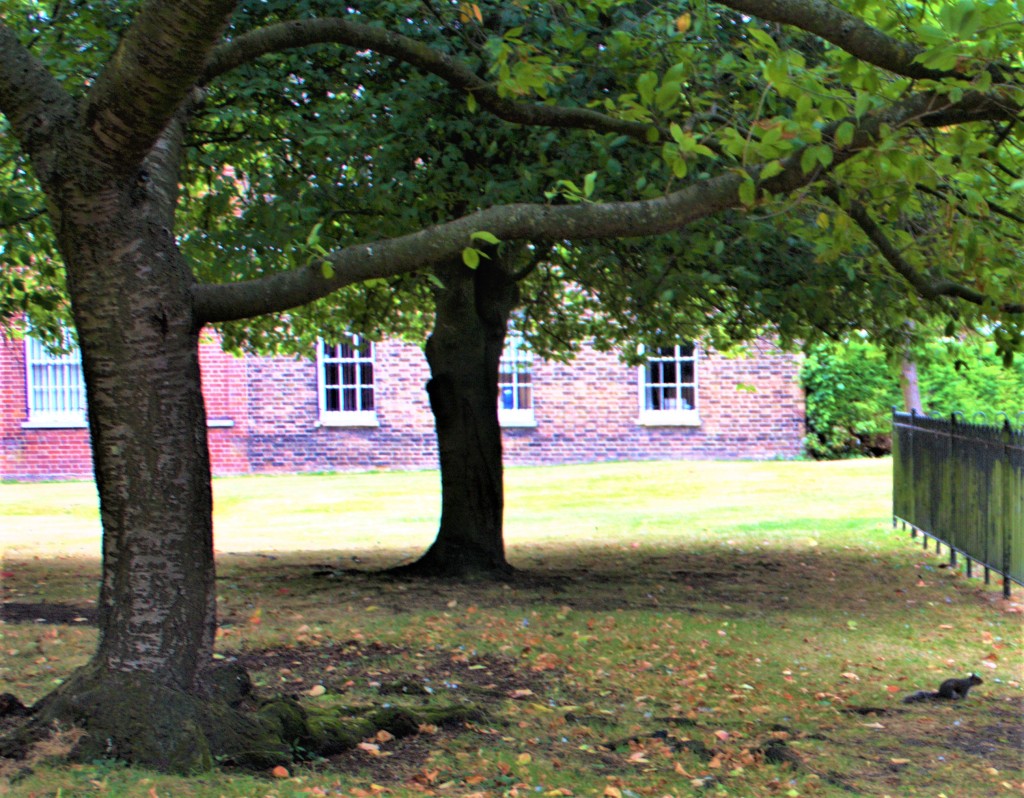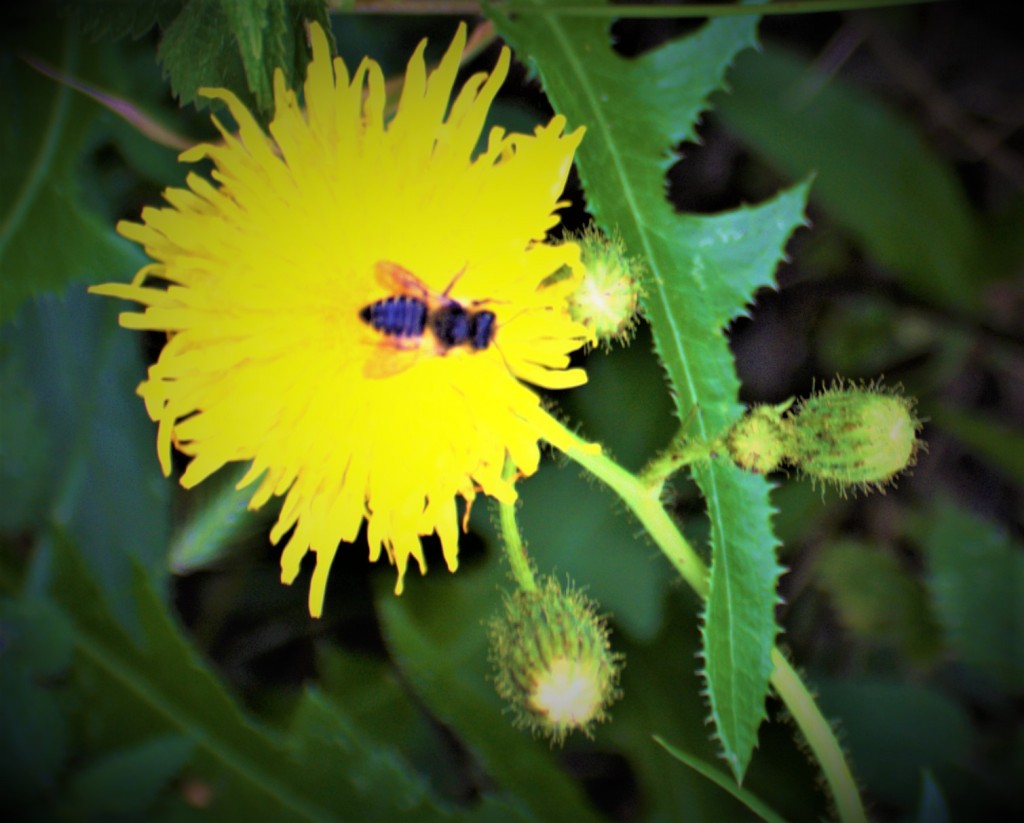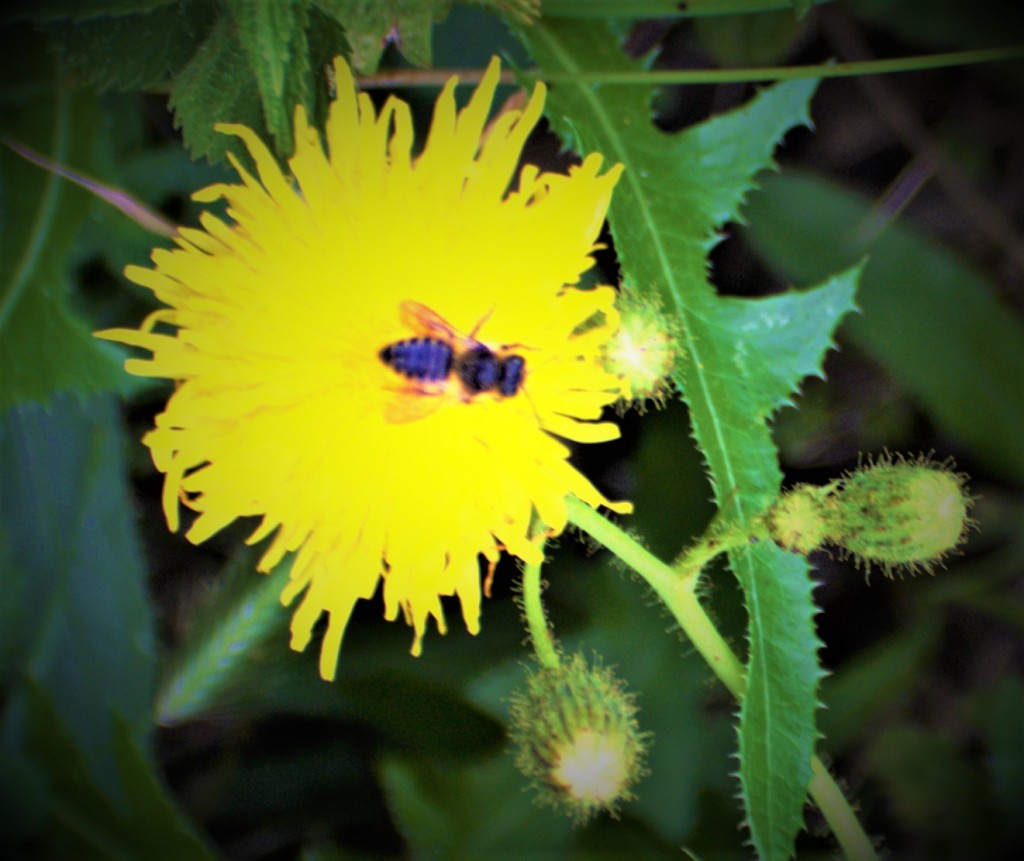Before introducing this post I have a point of information to offer. I have various commitments over the next few days which may mean I don’t get to put up any further posts before Sunday. We continue the all-time XIs theme with the letter H (letter G was treated out of position to coincide with the skipper’s birth anniversary), which presents us with a massive embarrassment of riches. There will be a vast mass of honourable mentions.
THE XI IN BATTING ORDER
- Jack Hobbs (Surrey, England). The Master’s case for inclusion needs no further amplification – it is beyond dispute.
- *Leonard Hutton (Yorkshire, England). His extraordinary record is even more extraordinary when you consider he lost six prime development years to WWII and emerged from that conflict with one arm shorter than the other due to a training accident.
- George Headley (West Indies). To date the only test cricketer to have been born in Panama, and one of the select few to finish with an average in excess of 60 at that level. He was nicknamed ‘Atlas’ because he seemed to carry WI’s batting on his shoulders.
- Walter Hammond (Gloucestershire, England). Only an ill advised comeback post WWII when he was in his mid forties reduced his test average below 60 runs an innings. He was also an ace slip fielder and a serviceable medium-fast bowler.
- Mike Hussey (Northamptonshire, Australia). His test career started late because when he was in his absolute prime Australia were utterly dominant, with a strong and settled batting line up, but once the chance came he took it with both hands, establishing a superb record at the highest level.
- Patsy Hendren (Middlesex, England). The third leading scorer of FC runs and second leading scorer of FC centuries in history, he rounds out a fearsome top six.
- +Ian Healy (Australia). Australia have had a long line of top class wicket keepers, and this guy was one of the greatest of them all, though his batting was not a match for that of his successor, Gilchrist.
- Richard Hadlee (Nottinghamshire, New Zealand). Indisputably the finest cricketer ever to play for New Zealand (Clarrie Grimmett, the great leg spinner, was born in Dunedin, though he had to cross the Tasman to find cricketing fulfilment).
- Simon Harmer (Essex, South Africa). So far he has had few opportunities at test level, but his performances for Essex in the county championship have been sensational over the years, and I expect to see him in action against England later this summer.
- Michael Holding (Derbyshire, Lancashire, West Indies). Attained legendary status in 1976 when alone among the bowlers on either side he managed to make things happen on a placid Oval surface, claiming 14-149 in the match, as many wickets as the other bowlers on both sides took put together. In 1981 he produced possibly the most intimidating opening over ever bowled in a test match, at Bridgetown, when veteran opener Geoff Boycott was comprehensively beaten by four balls, got bat on one and lost his off stump to the sixth.
- Rangana Herath (Sri Lanka). The left arm spinner was one of the best of his kind ever to play the game, and his test record makes hugely impressive reading.
This side contains a massively strong top six, a great keeper who could bat and four of the greatest bowlers ever to play the game. Due to my decision to select Harmer, the only controversial choice in the XI, it has only two specialist quicks, with Hammond as third seamer, but I don’t foresee taking 20 wickets being a huge problem even so.
HONOURABLE MENTIONS
We start with the openers, of whom at least four were unlucky to have surnames beginning with the same letter as Hobbs and Hutton: Two west Indians, Conrade Hunte aka ‘old everlasting’ and Desmond Haynes had excellent test records but could not quite challenge my two choices, two other English openers, Tom Hayward and Percy Holmes both had fine records, although the latter got few opportunities at test level due to overlapping with Hobbs and Sutcliffe. Finally, Matthew Hayden had a magnificent overall record, but he has one black mark: in England in 2005 he had a shocking series only partially redeemed by a score of 138 in the final match thereof.
Among the middle order batters who failed to make the cut are Neil Harvey, a magnificent left hander who might have been awarded the slot I gave to Hussey, David Hussey who had a fine domestic record but got few opportunities at test level, Clem Hill, another legendary left hander, Hunter ‘Stork’ Hendry also had a fine record but not quite good enough to challenge. James Hildreth of Somerset never got the opportunity to show what he could do at the highest level, and given the strength of the batting available for this letter he has to miss out again.
Three wicket keepers challenged for the slot I gave to Ian Healy: his niece Alyssa, who has a magnificent record for the Aussie women’s team, Brad Haddin, who was not Healy’s equal with the gauntlets though may have been better with the bat and Warren Hegg of Lancashire. Those who pick their keepers solely on batting ability might have looked to Geoff Humpage of Warwickshire, but even he would not claim on his own behalf to have been a great keeper, and I am disinclined to pick anyone who chose to go on rebel tours to South Africa, as he did.
I did not pick an all rounder, which is unusual for me, but I felt that none of that top six could be left out. Five all rounders had records to merit consideration: George Hirst of Yorkshire and England, and Jason Holder of the West Indies are the two pace bowling all rounders to merit a mention for this letter, while three leg spinning all rounders, JW ‘young Jack’ Hearne, David Holford (West Indies) and Wanindu Hasaranga (Sri Lanka) also merit mentions. Krom Hendricks, the first South African to be excluded from selection based on skin colour, back in the 1890s, does not have a detailed enough record to be given more than a mention.
There is an absolute plethora of great bowlers for with surnames beginning with H: Wes Hall, Josh Hazlewood, Peter Heine, Vanburn Holder (part of the original WI pace quartet of 1976), Steve Harmison and JT ‘old Jack’ Hearne (the fourth leading wicket taker in FC history, with 3,061 scalps) being clear cut examples. Ryan Harris and Dean Headley were fine bowlers who were deprived of greatness by injuries. Rodney Hogg had a meteoric career starting in the late 1970s and ending in the early 1980s. Schofield Haigh, a bowler of above medium pace who could swing, seam, cut or spin the ball had a massively successful county career for Yorkshire but only a few England caps. David Harris of Hambledon would need a law change to be able to use his preferred methods in the modern game, and a lack of any detail about his career figures relegates him to the honourable mentions. Finally, Alex Hartley, a world cup winning left arm spinner, is unlucky to be competing with Herath for a slot, and has to settle for a commentary gig (she is good at that too).
Our on-field umpires to go with this XI can be John Holder and Anna Harris.
PHOTOGRAPHS
After a look at the cornucopia of talent available to a selector of a side with surnames beginning with H it is time for my usual sign off…


